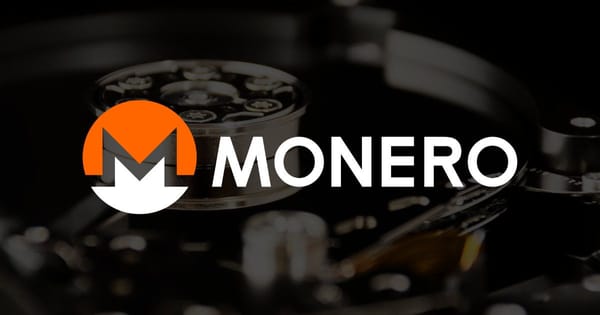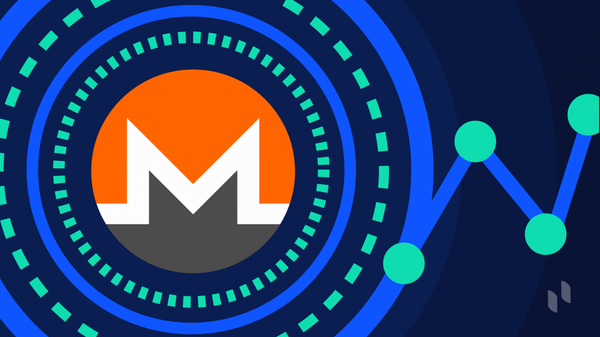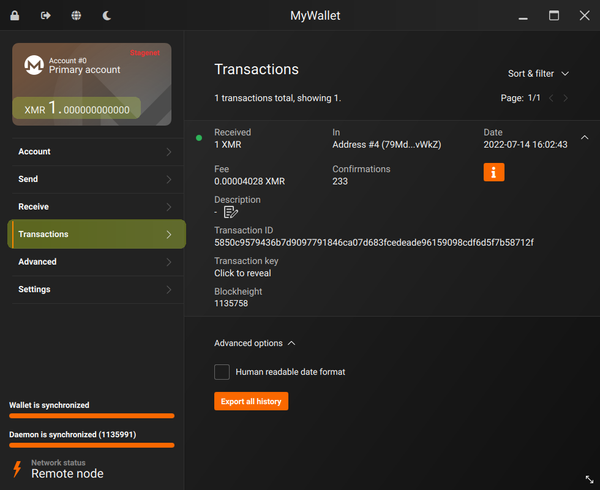Taking Control: Your Guide to Running a Bitcoin Node
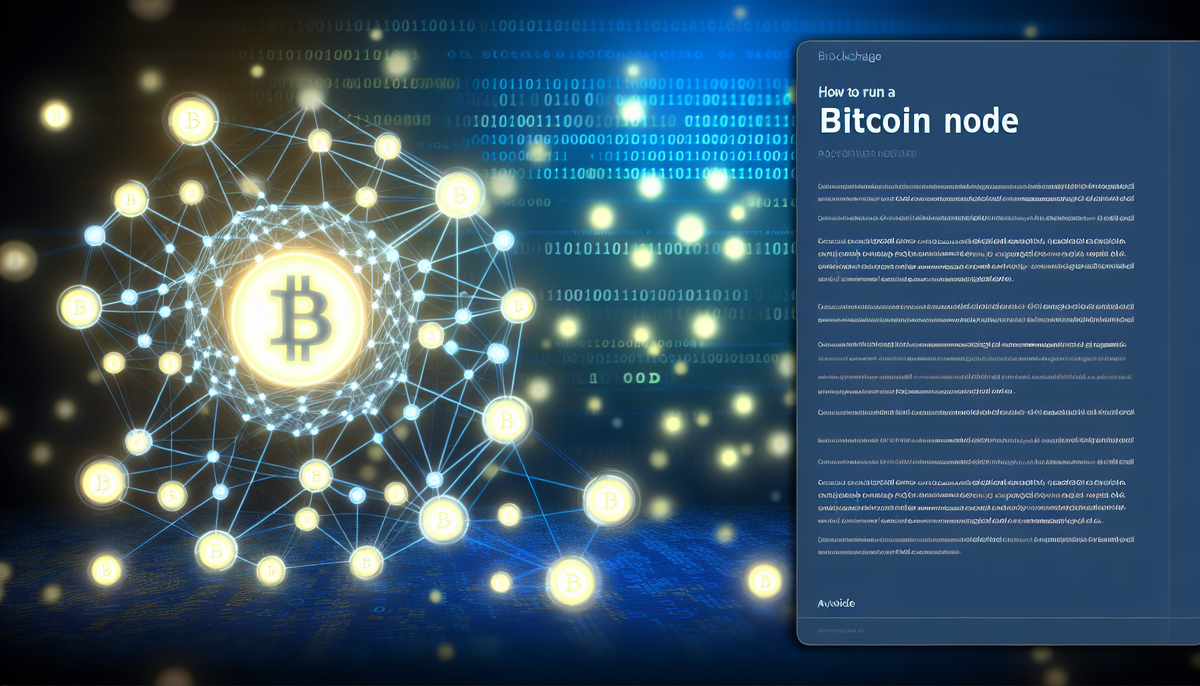
So, you've been diving into the world of Bitcoin. You've probably bought some, maybe traded a little, and you're starting to understand the core principles of decentralization and self-sovereignty. But have you ever stopped to think about how Bitcoin actually works under the hood? It's not magic, you know! It's a network, a vast, distributed network of computers all talking to each other. And you can be a part of it in a much more meaningful way than just holding coins. You can run your own Bitcoin node.

"Run a Bitcoin node?" you might be thinking. "Sounds complicated. Why would I even want to do that?" That’s a fair question, and honestly, it’s the most important one to answer before we dive into the "how-to." Because running a node isn't exactly for everyone. It requires a bit of technical know-how, some patience, and a willingness to contribute to the network. But the rewards, especially if you're serious about Bitcoin, are significant.
Think of it this way: when you use a regular Bitcoin wallet, most of the time, you're relying on someone else's node. You're trusting them to relay information about the Bitcoin blockchain to you. It's a bit like getting your news from a single source – you’re hoping they are giving you the full and unbiased story. Running your own node is like becoming your own news source. You directly verify every transaction, every block. You become a fully participating member of the Bitcoin network, not just a passive observer.
Why Bother? The Perks of Node Ownership
Let’s break down the key benefits of running a Bitcoin node. Because honestly, understanding the "why" is what will motivate you through any potential hiccups in the setup process.
- Enhanced Privacy: When you use a third-party wallet, your transactions and IP address are often visible to their node. Running your own node cuts out the middleman. Your transactions are broadcast directly from your node to the network, enhancing your privacy. You're not leaking your Bitcoin activity to some centralized service.
- Increased Security & Self-Sovereignty: This is a big one. By running a full node, you are independently verifying the entire Bitcoin blockchain. You're not trusting anyone else to tell you what the rules are or what transactions are valid. You are enforcing the rules yourself. This is the core of Bitcoin's decentralization. You become your own bank, in the truest sense. You are no longer reliant on trusting third parties to validate your Bitcoin transactions. You are doing it yourself. This is powerful stuff.
- Network Support and Contribution: Bitcoin thrives on decentralization. The more nodes there are, the more robust and resilient the network becomes. Each node helps to relay transactions and blocks, ensuring that the network continues to function smoothly. By running a node, you are directly contributing to the strength and security of the entire Bitcoin ecosystem. You're not just a user; you're a participant, a builder.
- Learning and Deeper Understanding: Setting up and running a node is a fantastic learning experience. You'll get a much deeper understanding of how Bitcoin actually works, from the technical details of block propagation to the intricacies of the consensus mechanism. It's a hands-on education that goes way beyond just reading articles or watching videos.
Okay, I’m Intrigued. What Do I Need?
So, you’re leaning towards taking the plunge? Excellent! Let's talk about what you'll need. Don’t worry, it’s not rocket science, though sometimes it can feel a little bit like you're launching a mini-satellite into the digital space.
Hardware Requirements:
This is where things can seem a bit daunting, but it's actually quite flexible. You don't need a supercomputer. Here are a few options, ranging from beginner-friendly to more dedicated setups:
- Your Existing Computer (Laptop or Desktop): Yes, you can actually run a Bitcoin node on your everyday computer! This is the easiest way to get started and test the waters. However, be aware that running a full node can consume resources, particularly disk space and bandwidth. You'll need a decent amount of free disk space (currently hundreds of gigabytes and growing!), and a stable internet connection with reasonable upload bandwidth. If you plan to use your computer for other resource-intensive tasks while running a node, you might experience some slowdowns.
- A Dedicated Computer: For a more robust and always-on node, a dedicated computer is a good idea. This could be an older desktop computer that you're not using anymore, or a new, low-power machine. The key is to have it running 24/7.
- Raspberry Pi: This is a popular and cost-effective option for running a dedicated node. A Raspberry Pi is a small, single-board computer that's surprisingly powerful and energy-efficient. There are many guides specifically for setting up Bitcoin nodes on Raspberry Pis, making it a great choice for beginners. You’ll need a Raspberry Pi board (model 4 or later is recommended), an SD card, a power supply, and an external hard drive (for the blockchain data).
Software Requirements:
- Bitcoin Core: This is the reference implementation of Bitcoin software, and the most commonly used software for running a full node. It's open-source, well-maintained, and provides all the core functionalities you need. It’s what we’ll focus on in this guide. You can download it from bitcoincore.org. Always download from the official website and verify the signatures! This is crucial for security.
- Operating System: Bitcoin Core is compatible with Windows, macOS, and Linux. Linux is often preferred for server applications due to its stability and efficiency, but Windows or macOS will work just fine, especially for getting started.
Let's Get Technical: Setting Up Bitcoin Core
Okay, hardware and software sorted. Time to get our hands dirty and actually set up Bitcoin Core. We’ll assume you’re using a desktop computer (Windows, macOS, or Linux), but the general steps are similar for a Raspberry Pi.
1. Download Bitcoin Core:
Go to bitcoincore.org and download the Bitcoin Core software for your operating system. Make sure you download the correct version for your OS (Windows, macOS, Linux).
2. Verify the Download (Important for Security!)
This is a step you absolutely should not skip. Verifying the digital signature of the downloaded software ensures that it hasn't been tampered with and is indeed from the Bitcoin Core developers. The website provides instructions on how to do this, usually involving using GPG (GNU Privacy Guard) and verifying a signature file. It might seem a bit technical at first, but it’s a crucial security practice. Don't just blindly install software, especially when dealing with Bitcoin!
3. Install Bitcoin Core:
Once you've downloaded and verified the software, run the installer. The installation process is usually straightforward. You'll be asked to choose an installation location. The default location is generally fine.
4. Run Bitcoin Core for the First Time:
After installation, launch Bitcoin Core. The first time you run it, you'll be prompted to choose a data directory. This is where the Bitcoin blockchain data will be stored. Make sure you have enough free space in the chosen location. The default location is usually fine, but if you're using a dedicated hard drive, you can specify that here.
5. Initial Block Download (IBD): Prepare for a Wait!
This is where patience comes in. When you first run Bitcoin Core, it needs to download and verify the entire Bitcoin blockchain from the beginning. This is called the Initial Block Download (IBD), and it can take a significant amount of time – hours, days, or even longer, depending on your internet connection speed and computer hardware. The blockchain is constantly growing, so the download time can vary. Don't be alarmed if it seems to be taking a long time; this is normal. Let it run!
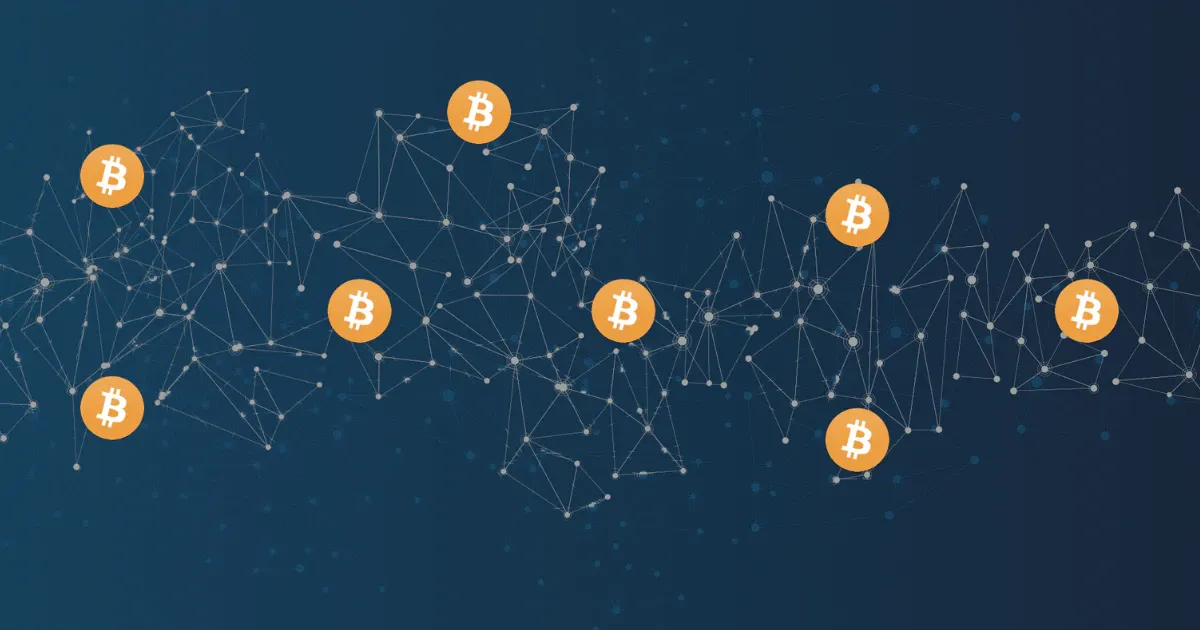
6. Configuration (Optional but Recommended): bitcoin.conf
Bitcoin Core has a configuration file called bitcoin.conf that allows you to customize various settings. You don't need to configure anything to run a basic node, but there are a few things you might want to consider.
server=1: This is usually enabled by default, but make sureserver=1is in yourbitcoin.conffile. This allows your node to accept incoming connections from other nodes on the network, making it a fully participating node.listen=1: Similarly, ensurelisten=1is present. This allows your node to listen for incoming connections.prune=...(Optional): If disk space is a major concern, you can enable pruning. Pruning allows your node to discard older blocks from the blockchain, saving disk space. However, a pruned node is not a full archival node. If you want to run a full archival node (which is generally recommended for maximum network contribution and self-sovereignty), you should not enable pruning. If you do choose to prune, you'll set a value in megabytes afterprune=, specifying the maximum disk space to use for block data. For example,prune=550would limit block data to 550MB. Be very careful with pruning and understand the tradeoffs.- Network Settings (Tor, etc.): For more advanced privacy, you can configure your node to run over Tor or I2P. This adds layers of anonymity to your node's communication with the network. This is a more advanced topic and not necessary for basic node operation.
To find your bitcoin.conf file:
- Windows:
%APPDATA%\Bitcoin - macOS:
~/Library/Application Support/Bitcoin/ - Linux:
~/.bitcoin/
You can create the bitcoin.conf file if it doesn't exist and add the desired settings. It's a simple text file.
7. Let it Sync!
Once you’ve started Bitcoin Core and (optionally) configured it, just let it run and sync. You can monitor the synchronization progress within the Bitcoin Core GUI. Be patient! It will take time.
Maintaining Your Node: Keeping it Running and Up-to-Date
Running a node isn't a one-time setup. To keep it functioning properly and contributing to the network, you'll need to do a couple of things:
- Keep it Running: Ideally, your node should be running 24/7. The more consistently it's online, the more it contributes to the network.
- Keep it Updated: The Bitcoin Core software is updated periodically with bug fixes, security improvements, and new features. It's important to keep your node software up-to-date. Bitcoin Core usually notifies you when a new version is available. Follow the update instructions provided on the Bitcoin Core website. Usually, it involves downloading the new version, verifying it, and installing it, often overwriting the old installation.
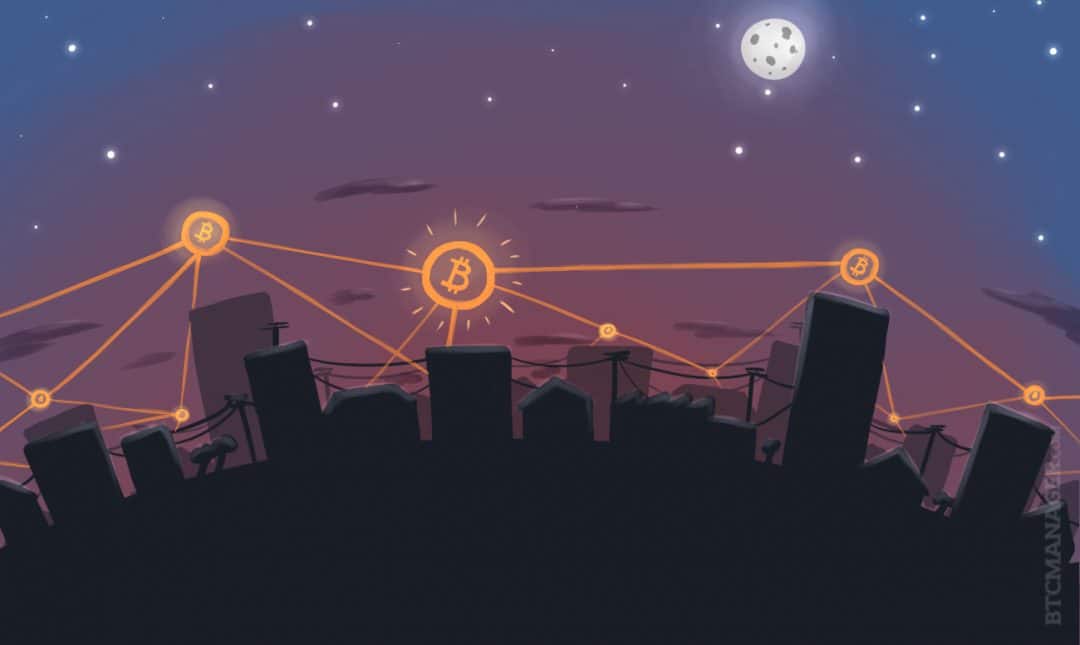
Congratulations, You're Running a Bitcoin Node!
You did it! You're now running your own Bitcoin node. You're no longer just a passive user; you're an active participant in the Bitcoin network. You're enhancing your privacy, increasing your security, and contributing to the decentralization and resilience of Bitcoin. Give yourself a pat on the back!
Running a node might seem a bit technical at first, but it's a tremendously rewarding experience for anyone serious about Bitcoin. It's about taking control, understanding the technology at a deeper level, and truly participating in the revolution. Welcome to the club of node runners! You're now part of the backbone of Bitcoin.
This is just the beginning. There's much more to explore – advanced configurations, pruning strategies, running over Tor, contributing to Bitcoin Core development, and more. But you've taken the first and most important step: you're running your own node. Keep learning, keep exploring, and keep contributing to the decentralized future!

